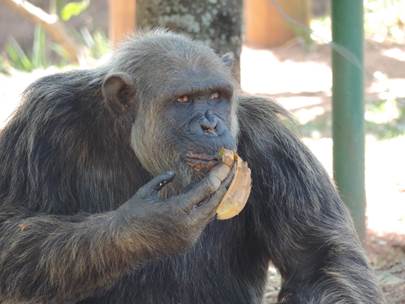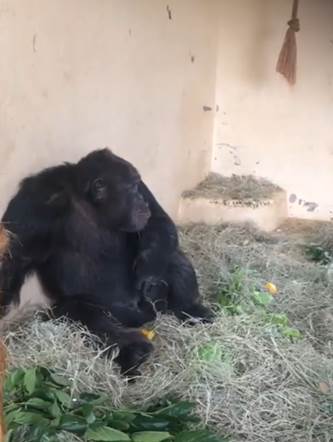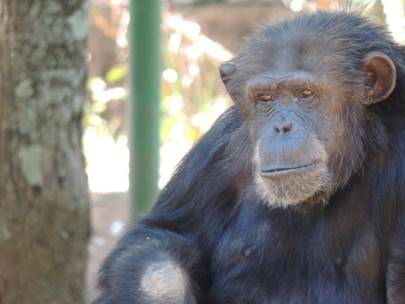| Serafim(left)
date of birth: 11/01/1988 at Barcelona Zoo – Serafim is
Lunga’s father
|
| Lunga(center)
date of birth: 28/10/2001 at Belo Horizonte Zoo
|
| Doroteia
(right)
date of birth: 20/02/1980 at Belo Horizonte Zoo – Dorotéia is
Lunga’s half-sister on their mother's side. Their mother
died in 2010 when she was approximately 46-years-old
(estimated date of birth was 1964) |
| Serafim
was separated and moved to the veterinarian hospital on 8
January 2016 for diabetes treatment until his condition was
stabilized. He was properly trained for glucose measurement
and for insulin injections, and in September 2017, the
Veterinary Section was ready to discharge him. Staff was
apprehensive to reintroduce the chimpanzees since they were
apart for so long; although the two males generally got
along just fine, they did have aggressive encounters.
|
| Lunga
and Dorothea were housed in a dry moat enclosure (Serafim
also lived there before he was removed for the treatment).
The holding area of this enclosure was not suitable for an
introduction because it had little visibility between rooms,
thus, preventing proper observation of behaviors.
|
| The
zoo had an extra sector more appropriate for this
introduction – a quarantine for gorillas, with larger
rooms and good visibility of the animals. First, Serafim was
transferred there; the other two chimpanzees were taken
there while I was flying out. This way they had a chance to
wake up next to each other and socialize through the fence. The
introduction was successful, and the chimpanzees have been
together ever since without any problems.
|
|

|
| Click
on Picture( above) for Video this will take you off
site
|
| |
| The
zoo has a luxurious, large, green and well-furnished
chimpanzee exhibit. The off-exhibit areas lacked
substrate.
Hay was added immediately to soften the surface and
encourage foraging.
|
|
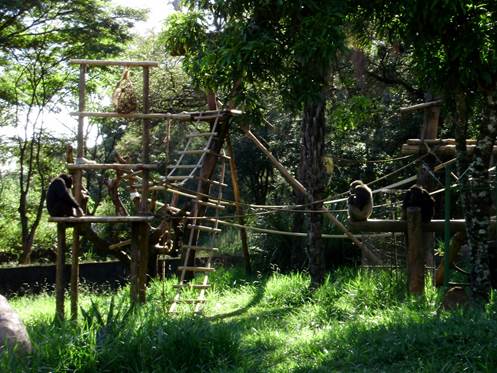
|
| Behavioral
Enrichment Representatives
|
| Suggestions:
To facilitate a more organized enrichment program, each area
could have a BE Representative coordinating enrichment
and serving as the liaison between managers and keepers. The
Phoenix Zoo has implemented a similar program for over 15
years.
|
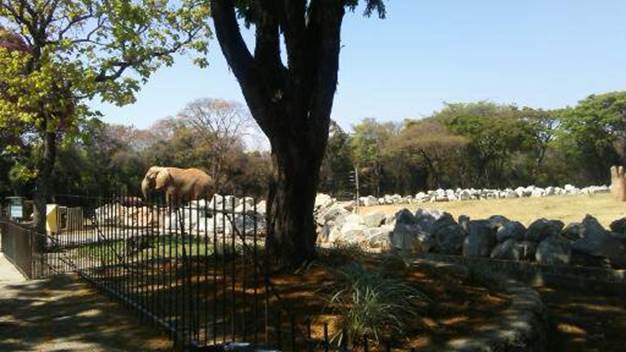 |
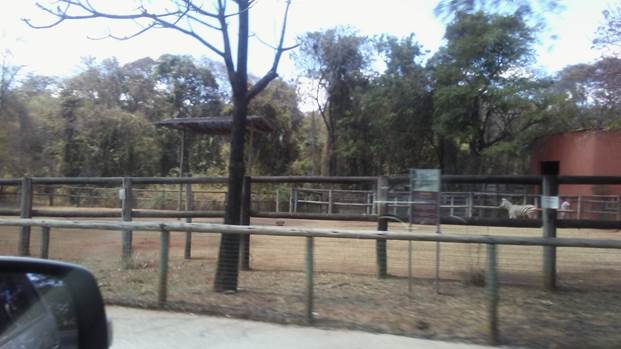 |
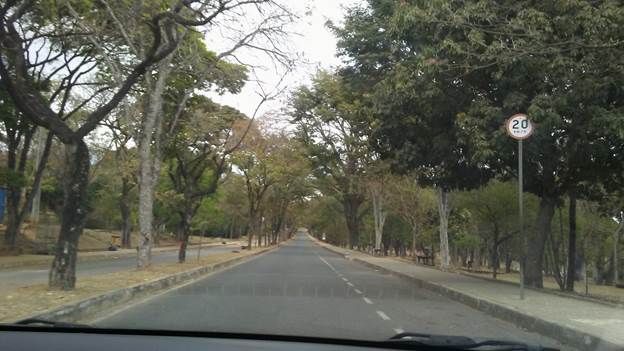 |
|
Other
species
The
zoo is extremely large, almost looking like a safari park.
Cars can drive through the zoo as well. Most animals are
housed in large exhibits and proper social settings. The zoo
has a very good training and enrichment program.
|
|
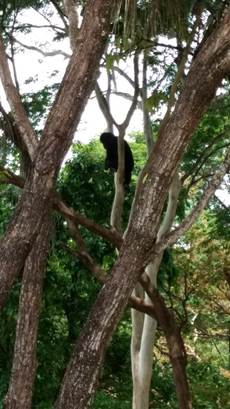 |
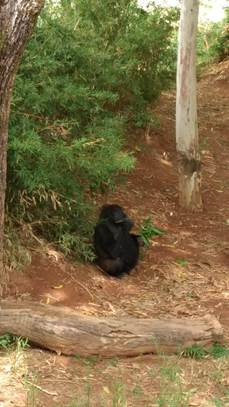 |
|
Click Pictures for videos- This
will take you off site.
|
| |
|
Off-exhibit
areas and correct substrate use |
|
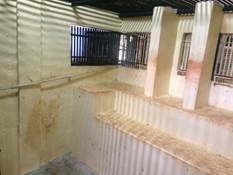 |
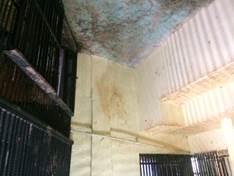 |
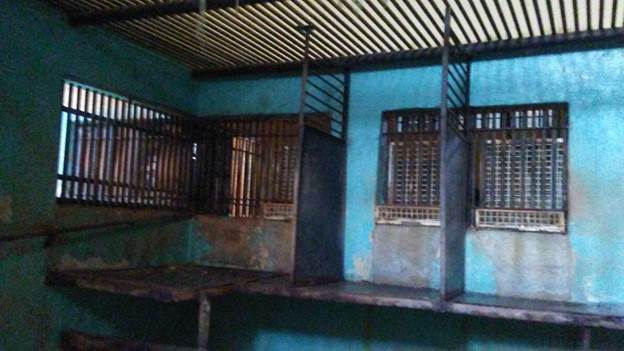 |
| Some
off-exhibit areas are very outdated, and animals are kept on
concrete (including elephants) Special
attention needs to be paid to all the small enclosures,
night houses and other off-exhibit holding areas where
animals spend an average of 14 - 17 hours in concrete/bar enclosures or situations where an animal needs to be kept
isolated for any reason with reduced chance for exploratory behaviors.
This practice
creates poor mental and physical conditions for the animals.
Substrate
was added to hard surface areas.
|
|
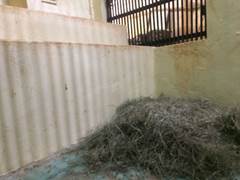 |
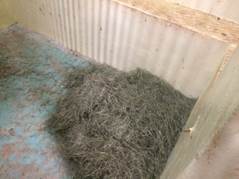 |
|
Suggestions:
Continuing to keep animals off very hot or very cold,
persistently wet, unyielding surfaces (brick, concrete,
tile, etc.) would be desirable. The use of appropriate
substrate (inside: paper products, hay or straw, etc.;
outside: nonflammable materials such as grass, sand, soil,
mulch, fresh browse, etc.) will make a significant
difference not only in the animals’ health but also in
improvement of the exhibit aesthetics.
|
|
Extending Foraging Time
Animals
were generally not able to carry out species-appropriate
behaviors, particularly foraging. Most species ate for a
short period of time when the diet was provided. The
remainder of the time, animals were largely inactive or
exhibiting stereotypic behaviors.
Suggestions: All animals
need to be fed in a way that extends foraging time and
encourages species-appropriate behaviors. The use of puzzle
feeders would be desirable to follow a contra freeloading
program. Please see Appendix I to review a list of puzzle
feeders that are utilized by the Phoenix Zoo.
|
|
General
Suggestions for Elephant Care
Sand
needs to be added at a depth of one meter. Elephants cannot
be kept on concrete. It is very hard on their feet and
joints, and causes severe medical problems.
Besides sand covering the floor, the elephants need a larger
pile of sand (approximately two meters high) to lie
down upon.
The animals should have continuous, free access to food by
using feeder devices (e.g., food placed inside metal kegs
with holes, hay bags, etc.), primarily suspended above the
elephants
Hay bags can be woven from ropes. The nets from International
Cordage are made specifically for elephants. The Zoo must
contact the company for details about rope, size, etc. The
Phoenix Zoo was the first zoo to incorporate the nets;
however, our nets are prototypes. http://www.international-cordage.net/
Elephants need to receive large edible tree branches every day
(please see attached browse list for elephants). Tires can
be hung from chains as enrichment.
|
|
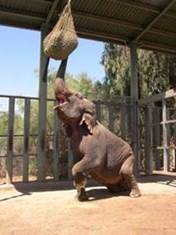 |
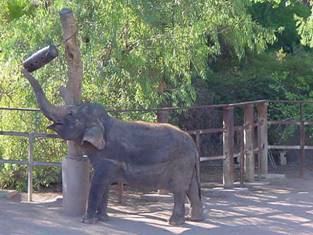 |
| |
|
The
following presentations were provided: Various
Translations can also be found on the Enrichment
page.
CHIMPANZEE:
TO UNDERSTAND, TO MENTOR, TO SAVE. What makes chimpanzees special, and why do they deserve our special
attention more than any other species? I conveyed the
intelligence, described the sensitive minds and illustrated
the social and physical needs of the chimpanzee.
CONTRA
FREELOADING.
This presentation taught how best to feed the animals.
Rather than quickly eating a provided diet, animals should
be allowed to forage in a manner that is similar to their
conspecifics to the wild.
THE
LACK OF SUBSTRATE USE IN ZOOS.
Addressed the easy method to remedy empty cages by providing
substrate. This presentation demonstrated the difference
made in the animals’ lives when they do not have to sit in
empty concrete cages. This is probably the most important
presentation to improving animal welfare.
LET
THEM BE ELEPHANTS (Chinese).
I described how the Phoenix Zoo’s enrichment program
helped us to have happier, mentally healthier animals. I
also addressed some foot work to help keep their feet in
better shape and prevent the suffering that wet concrete can
cause (which includes the possibility of early euthanasia).
FREE
CHIMPANZEE ENRICHMENT.
Sometimes providing enrichment is challenging
due to a lack of an
adequate budget. However, necessity is the mother of
invention! This presentation is a collection of enrichment
ideas made from free household products, recycled materials
and donated items by the most dedicated staffs working with
chimpanzees around the world. These enrichment
products provided invaluable moments for the chimpanzees in
different zoos.
I
would like to thank the Belo Horizonte Zoo’s director and
staff for inviting me to improve their animals’ welfare. I
would also like to thank Dr. Mary Lewis for funding this
trip and establishing such a wonderful working relationship
between the Jane Goodall Institute, the Phoenix Zoo and the
Belo Horizonte Zoo.
Hilda
Tresz
|


